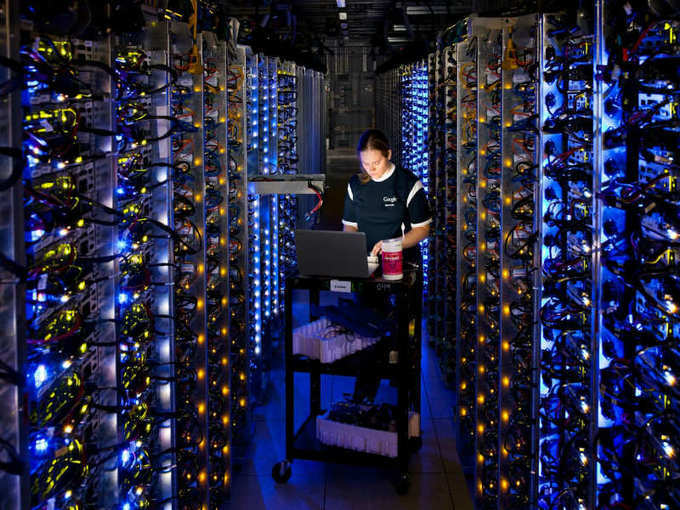
Google's Borg system is a cluster manager that runs hundreds of thousands of jobs, from numerous thousands of different applications, over various
Borg ran pretty much everything inside the company, including Google Search,
How?
A datacenter site has various structures, inside a solitary building is a cluster associated by a superior datacenter-scale network fabric. A cluster ordinarily has one extensive Borg cell. The median cell size is around 10,000 machines, obviously a few cells are much bigger. The machines inside a cell are very heterogeneous in nature; Borg hides these differences from applications.
Speed
As indicated by the paper Google published, a few cells have an arrival rate of 10K tasks/min, and a Borgmaster can utilize 10-14 CPU cores and 50 GB of RAM. A borgmaster achieves 99.99% availability, yet tasks continue to be executed regardless of the possibility that the borgmaster or a borglet goes down. Half of the machines run at least 9 tasks and a few machines have 25 tasks and 4,500 threads. Assignment startup latency is by and large 25s, 20 of them being spent on installing the package. Much of the time is taken up by disk access
The Revolution
The move comes in the midst of a revolution all-compassing information technology, one in which big name organizations and startups alike mean to recreate Borg for the rest of the world. In addition to, Mesosphere and CoreOS, a company called Docker is pushing this thought alongside big names in distributed computing: Amazon,